
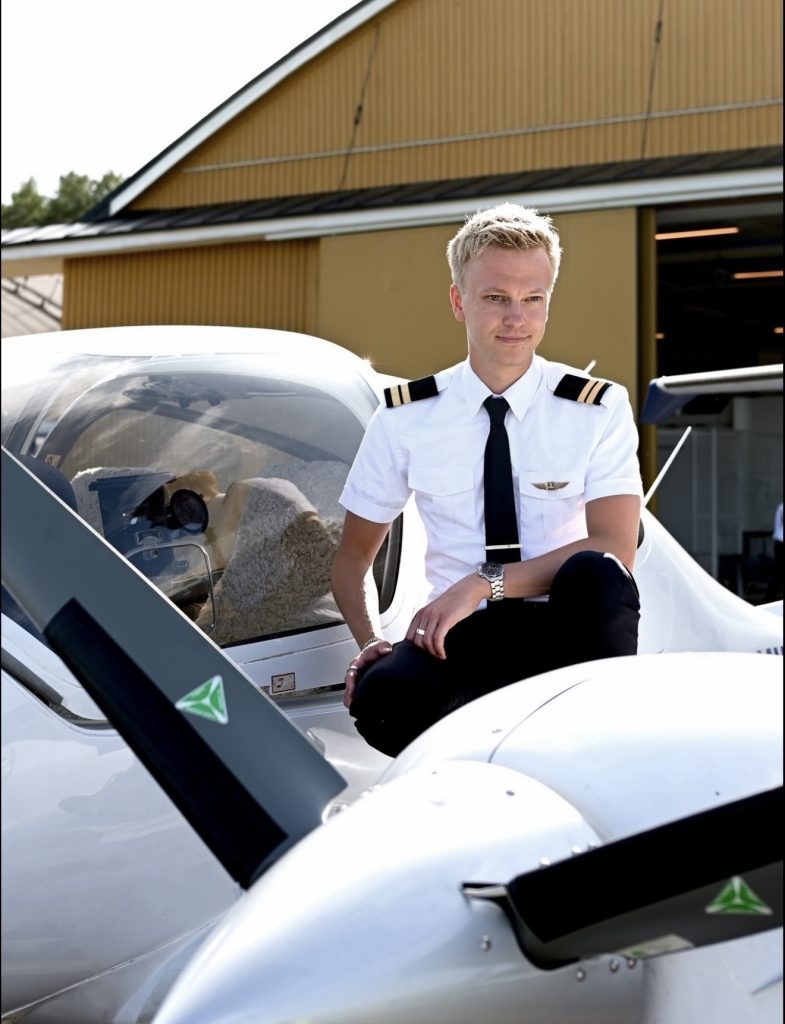
1.How did your training at OSM shape you as a pilot?
My time at OSM has definitely played a crucial role in shaping me as a pilot. The program provided a solid foundation in both technical understanding as well as practical flying skills, constantly challenging me to improve and stay disciplined throughout the 1,5 years I was there. However, beyond just flying and theory, it also contributed to – I think for the majority of us in my class – gaining valuable understanding of the importance of humility, adaptability and teamwork. As our instructors often reminded us, “You never know who might be your captain one day.” That indeed has proven to be true – I’ve heard many stories from captains who ended up flying in command over their former instructors, proving how quickly roles can shift in this industry. Overall, the experience was transformative, from zero experience to an airline pilot, but also a confident individual.
2. Why did you choose to attend OSM, and what made you apply for Braathens?
I chose to attend OSM Aviation Academy after reading the reviews and speaking with a few former students who highly recommended the school. Their positive experiences and professional outcomes gave me confidence that the quality of the training would be good. I was also particularly drawn to the fact that OSM offers a CPL program rather than an MPL. I valued the possible broader opportunities that might come with a CPL, especially early in a pilot’s career, but also that you get more flight hours in an actual airplane – which actually has been proven to be a really good benefit, especially when operating the ATR 72-600.
When it comes to Braathens, that was the airline I had my internship with, and I got a really nice introduction into the company. When we got there, we already had our CPL “in our hands” and got offered a job quite early in our internship. Dedication to the work we did, as well as a positive attitude made us good candidates to the positions as First Officer. I’ve really got the feeling that Braathens values the personality of its employees, which made that atmosphere very good back when we were hired.
Application & Assessment Process
3.Do you have any tips for pilots considering applying to Braathens?
Before we got offered a job at Braathens, we had to do some tests as well as a psychological interview with SIAP (Scandinavian Institute of Aviation Psychology). As the recruiter, and now our chief, kind of already knew us, we also had a brief interview with him about ourselves and what our future plans for our career in the industry were.
The SIAP tests were quite similar to the ones you already might have done to attend OSM, and at the interview – just be yourself!
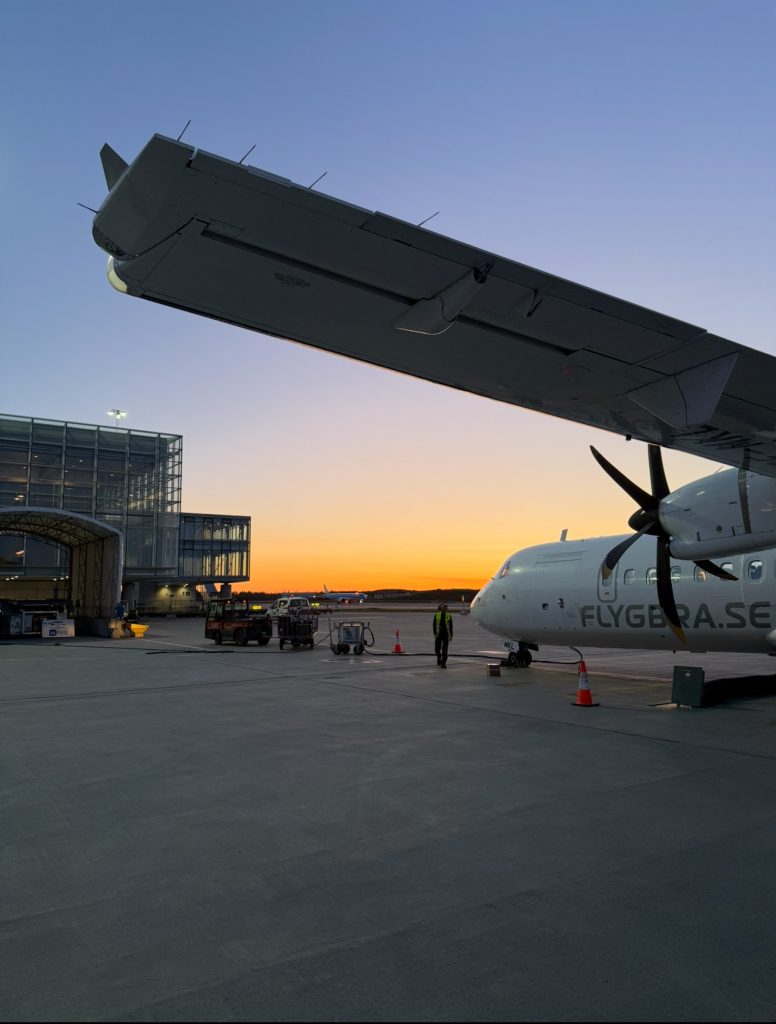
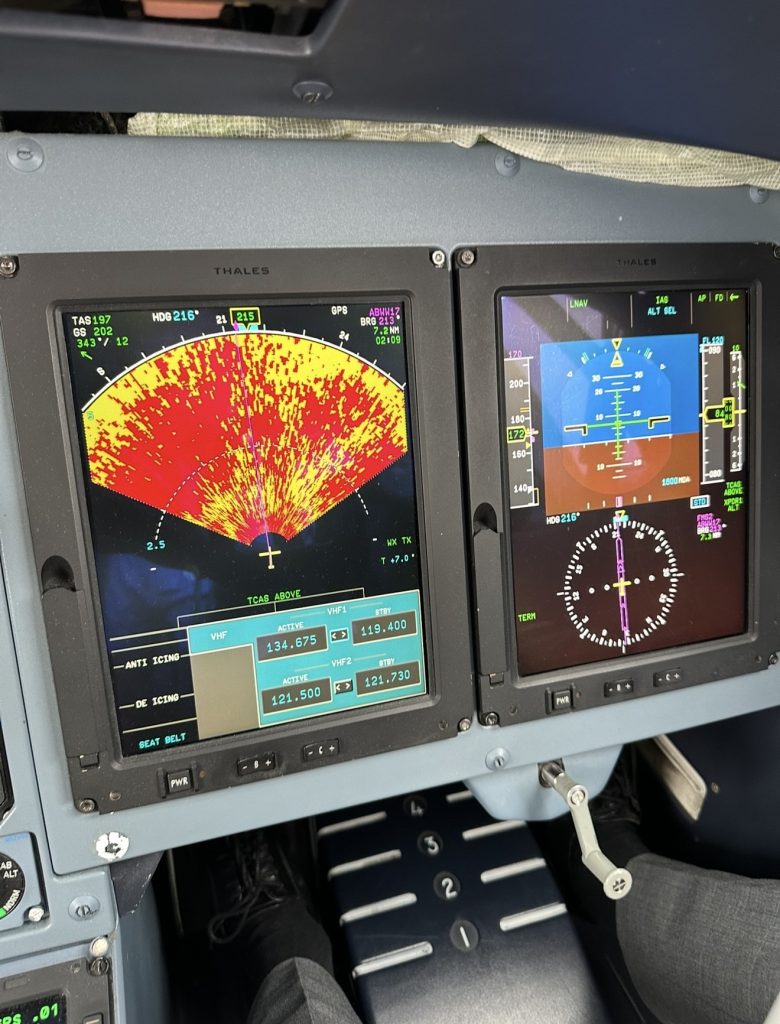
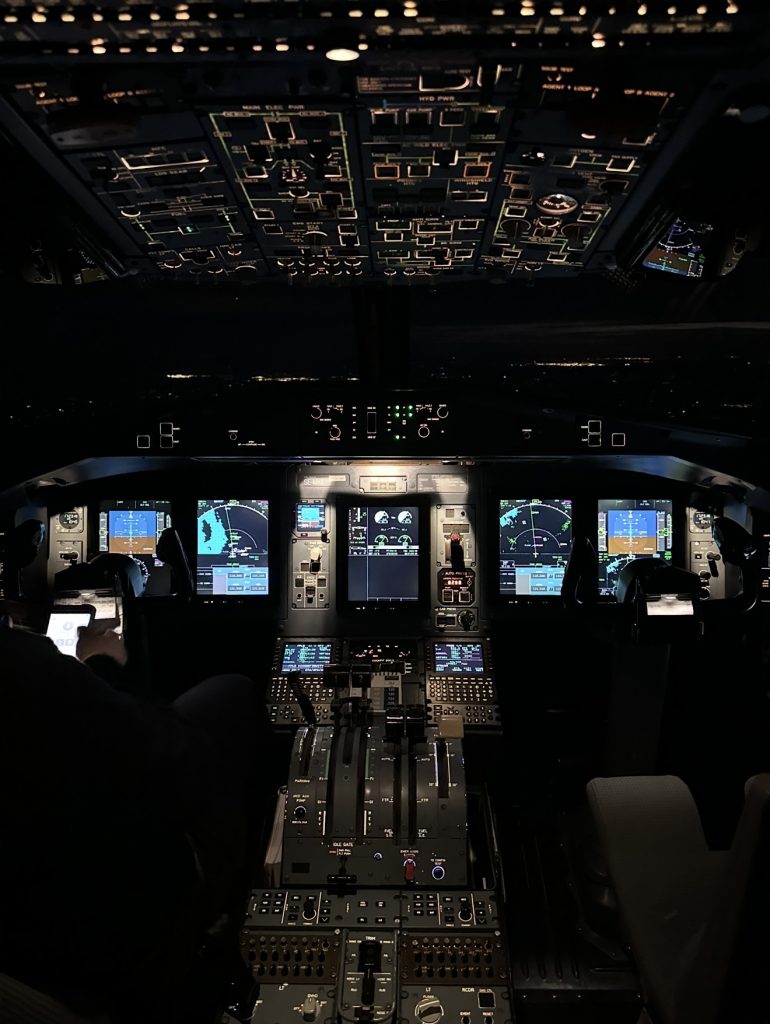
4.What changes in the aviation industry have you noticed during your time as a pilot?
Although I’ve only been an airline pilot for around 1,5 years, one of the most striking changes I’ve noticed is the extreme and growing need for qualified pilots. Furthermore, this also has led to that our agreements can be negotiated to give them a better structure and become more fair taking production and lifestyle in concideration.
5.What’s the biggest difference between flying as a student and flying as an airline pilot?
The biggest difference between flying as a student and flying as an airline pilot is the level of responsibility and the scale of operations. As a student, the focus, ofcourse, is primarily on learning the fundamentals – handling the aircraft, understanding procedures, and building confidence. Mistakes are expected and are part of the learning process, with an instructor almost always there to guide and correct you.
As an airline pilot you are responsible for the safety of all the passengers, working within a complex, highly coordinated environment. You are now always working against a time table in a completely different way than before, and you are also operating within a crew environment, where communication and teamwork are crucial. The margin for error is, ofcourse, much smaller, and the expectations for professionalism, consistency, and situational awareness are significantly higher. However, it is important to remind yourself that you will never be fully educated AND that there is a reason why you are two pilots and not only one!
It’s a shift from learning how to fly to understanding why and when to make decisions – always with safety and on time performance in mind. And you will continue to learn throughout your career
6.What does a day in the life of a Braathens pilot look like?
The days look very different since we began to fly as an ACMI operator for SAS and Austrian. It is hard to say how a typical day looks like, but flying the ATR 72-600 is often quite short flights, everything from 20 minutes to around 1,5 hour, with quick turnarounds. Since we began to fly for other airlines, we are often the link from smaller airports to the big hubs where the passengers have connecting flights. On time performance is therefore of outmost importance to make “the flow” of passengers from A to B to C, to go smoothly. We mix working mornings and evenings, and can fly between 2 to 6 legs per day, sometimes to 6 different cities or even countries.
7. What’s the most challenging airport you’ve had to land at?
Airports can be challenging in so many different ways, especially if you have not been there before. I have 3 examples of airports that was a bit, maybe not challenging, but different the first time I was there:
Klagenfurt (LOWK) – Klagenfurt Airport is nestled in high, mountainous terrain, which adds an extra layer of complexity to any operation. One of the key challenges here is the non-standard missed approach and engine failure procedures, which differ from what we’re used to at lower-elevation airports, especially with the not so powerful ATR 72-600. Due to the surrounding terrain, there’s very little margin for error—so you need to be fully prepared and know exactly what to do if the unexpected occurs. Thorough briefing and situational awareness are essential, especially in poor weather or low-visibility conditions, where terrain proximity becomes even more critical.
Frankfurt (EDDF) – Frankfurt is the fourth-largest airport in Europe and ranks among the busiest in the world. What makes it kind of challenging is the intense traffic flow, especially during the approach phase. It demands full concentration and sharp situational awareness to ensure nothing is missed from ATC. Communication is fast-paced, and with limited radio time, there’s little room for error – you need to get it right the first time.
Hamburg (EDDH) – Hamburg may not be one of the largest airports or surrounded by challenging terrain, but it presents its own unique set of operational challenges. Communication with ground personnel can be difficult—not only due to occasional language barriers, but also because crew instructions, such as those related to boarding procedures, are not always followed. Additionally, the airport uses a different sequence of radio frequencies compared to most others we operate in, which can sometimes cause confusion when requesting clearance, start-up, pushback, or taxi instructions.
8. How does your schedule affect your work-life balance? (fixed schedule or flexible)
When I was based at Bromma, the work-life balance was excellent, but that also was a completely different production and operation. However, since shifting our operations to ACMI with SAS and Austrian, maintaining that balance has become more challenging. Braathens is still in the process of refining this new business model, working to find the best way to ensure everyone is satisfied with their schedules and overall work-life harmony.
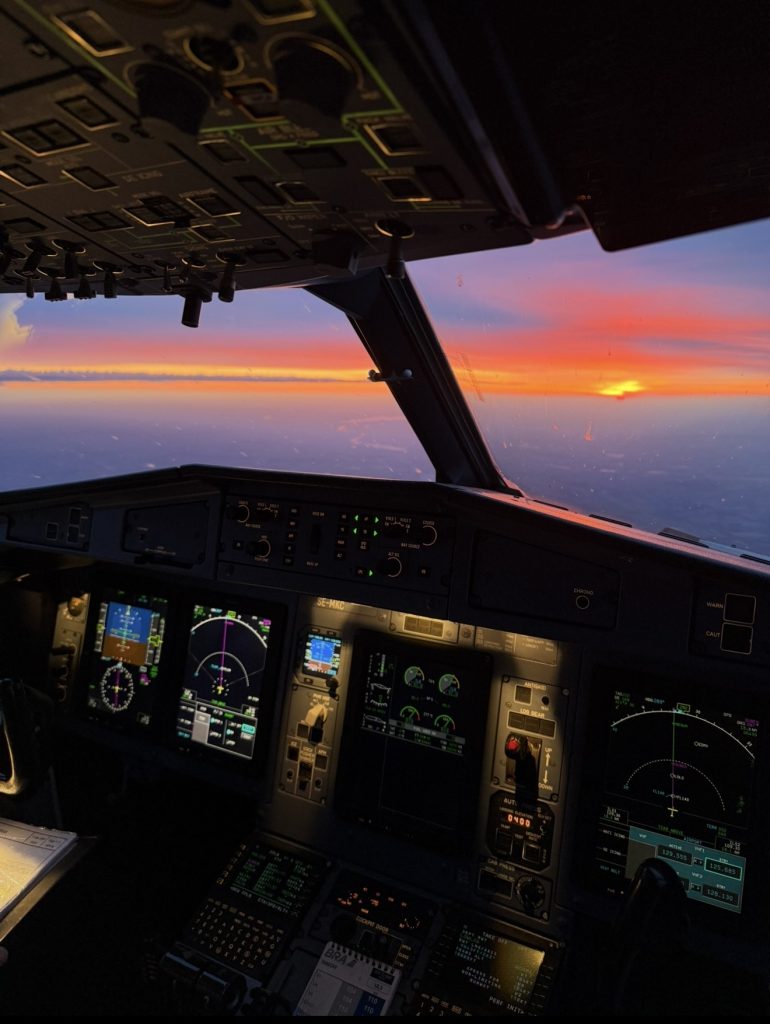
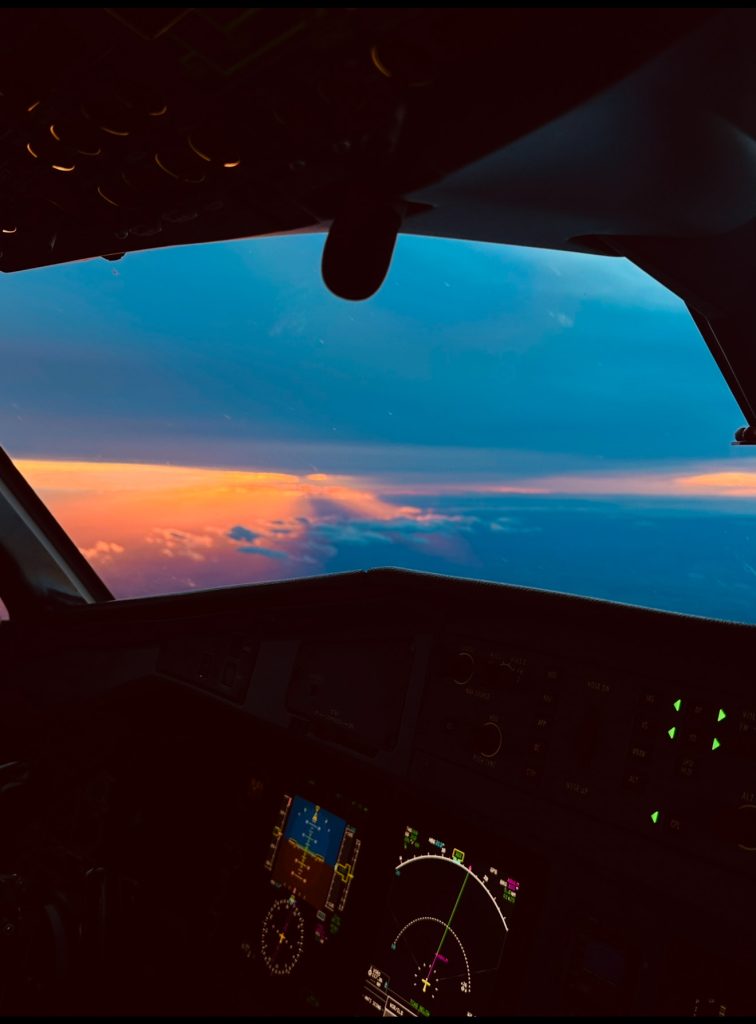
9. What types of positions do pilots generally start in at Braathens (First Officer, Second Officer, etc.)?
If you are joining us directly from pilot training, you will begin your career at Braathens as a First Officer. Each flight crew consists of one Captain, one First Officer, one Senior Cabin Crew Member (Cabin Chief), and one Cabin Crew Member.
10. How was your type rating with Braathens?
The type rating program was well-structured, and the instructors were (and still are) excellent. It took around six weeks to complete, making it fairly intense – but not overwhelmingly so. My simulator partner and I completed our simulator training in Madrid, where we spent approximately two and a half weeks. During that time, we were able to focus on both studying and flying, while also taking the opportunity to explore and enjoy the beautiful city of Madrid. It was an amazing experience and definitely two of the funniest weeks in my career so far. However, now that I have to do simulator training every six months, it’s not quite the same anymore – of course, haha!
11. Did you have to pay for the type rating, and was there a bonding period?
Braathens covered the full cost of the type rating in return for a bond lasting three years (and those three years fly by quickly!).
12. What are some of the benefits of becoming a pilot at Braathens?
Becoming a pilot at Braathens comes with great benefits, one of them to have the opportunity to fly the ATR 72-600, which is well known to be a pretty tricky aircraft to handle. This really helps sharpen your handflying skills and builds strong airmanship.
Beyond the technical side, the working environment at Braathens is very nice and calm. The team is close-knit, with no high walls or rigid hierarchy, making collaboration and communication natural and easy. The camaraderie among colleagues is truly exceptional, creating a supportive and welcoming atmosphere that makes flying and working here a real pleasure.